Raising fish on a Rooftop can open up many profitable opportunities today. Home-raised fish can easily be sold around the neighborhood or to restaurants for profit. Some people want to raise fish from local organic farms. It can also provide you and your family with delicious fresh seafood. Proper management includes monitoring your fish ponds regularly, keeping good records, and planning to run your farm. The roof is given over to an aquaponics system, which produces food by connecting a tilapia fish tank to a gravel-filled planter.
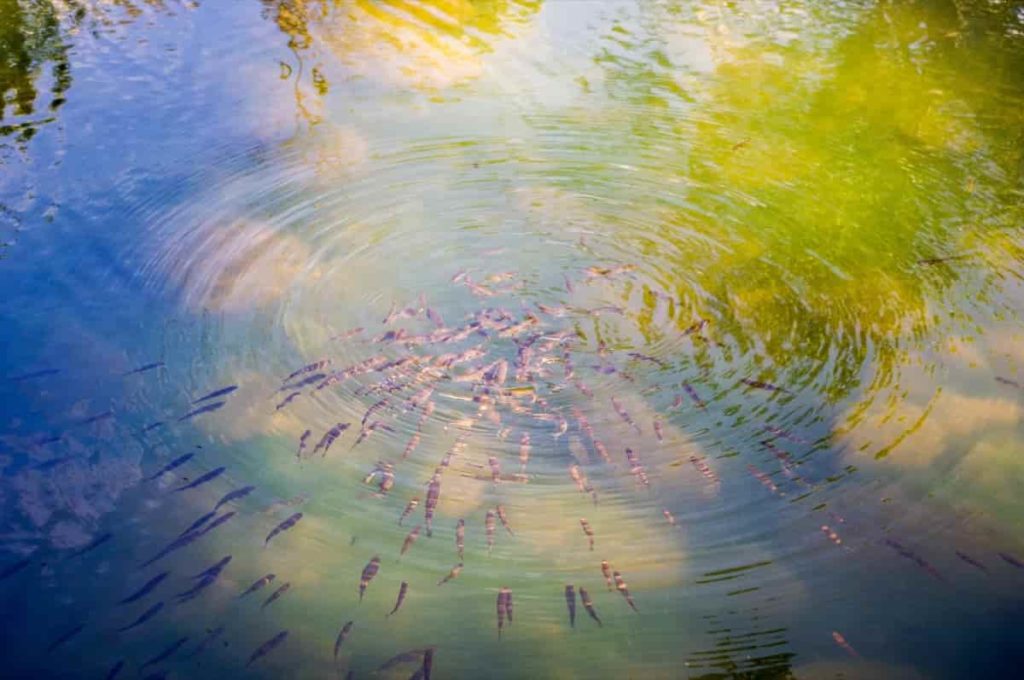
How to start Fish farming on terrace at home
Advantages of Rooftop fish farming
Rooftop fish farming helps in the livelihood of many people and the food supply in our country. These aquaculture systems represent a new and unique way of farming fish. The system follows high-density fish in indoor tanks in a controlled environment. Fish farming is considered one of the most important food-producing sectors in the world. However, the growing population and urbanization have reduced the land area and water resources available for farming.
With this in mind, we have devised innovative ways to use the available land efficiently. Starting farmed fish requires a significant financial outlay. Depending on the fish farming you do and the species of fish you choose, you can earn good profits. A fish farm is a location where fish are artificially reared and grown. The practice of fish farming is called pisciculture. Composite fish culture can be the main type of fish culture.
In this fish culture, five or six fish species are raised in a single pond. But the advantages are no use of pesticides or antibiotics, food localization, the city’s greening, almost closed nutrient cycles, less energy, perfect control of food safety, about 90% in water use reduction, and vertical farming increases efficiency.
- A gift for fish enthusiasts who can rear ornamental fish on their rooftops on a small scale.
- Easy care and maintenance.
- Reduction in transport cost from farm to city, resulting in a shorter length of the market channel and indirectly CO2 emissions are reduced.
- Cultivation of food fishes in an organic manner
- It can be integrated with small-scale olericulture
- Cooling effect on houses
In case you missed it: How to Start Cage Culture Fish Farming in India: Types, Cost, Profit, Report, and Management
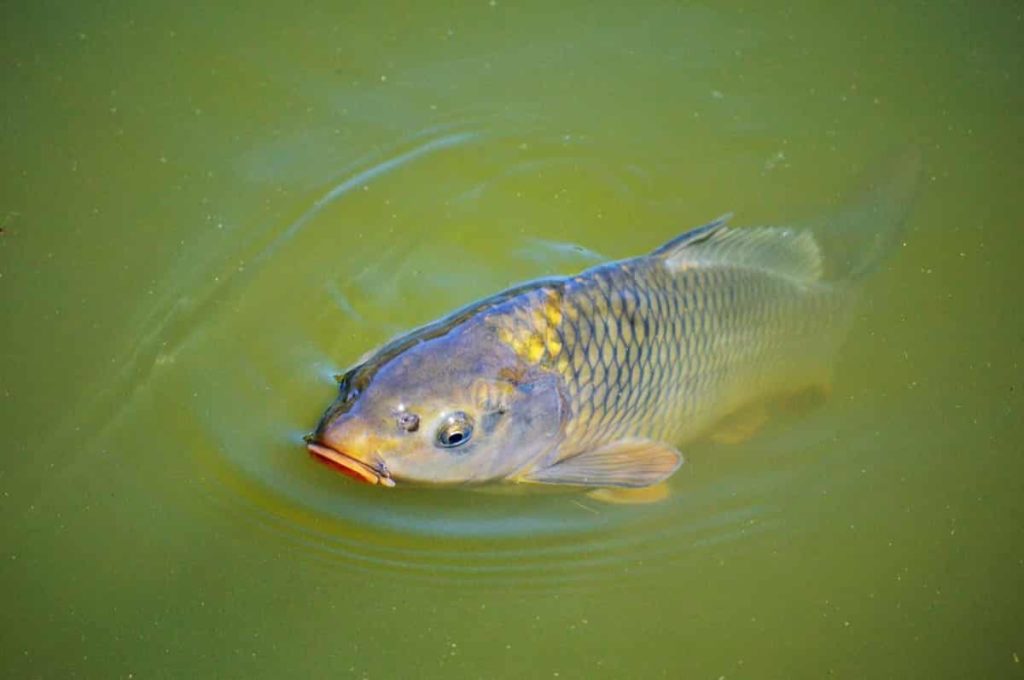
Tips for successful fish production on Rooftops
Rooftop fish farming plays an important role in meeting global protein requirements. Tank-grown fish can withstand all types of weather conditions. A constant supply of clean water and dissolved oxygen content is required, which is optimal for growth. A filtering or biofilter system is necessary to purify the water and remove or detoxify harmful waste products and undigested feed.
Fish should be fed a complete nutrient-rich feed daily to encourage rapid growth and greater survival. Globally, rooftop fish farming is in its infant stage, except that some aquaponics systems find their place with ornamental and commercial fish production. The design is based on aquaponics farming techniques: the fish feed the plants, and the plants purify the water for the fish. Successful fish production depends on good oxygen management. The addition of oxygen in pure form or as atmospheric air is essential for
- Survival (respiration) of fish at high densities.
- Survival of aerobic, nitrifying bacteria on the biofilter.
- For decomposition (oxidation) of organic waste products.
Sufficient oxygen supply is essential to maintain healthy fish and bacterial populations and to meet the biochemical oxygen demand (BOD) of fish waste and unused feed. Maintain oxygen levels close to saturation or even slightly at supersaturation. Low oxygen levels reduce growth, feed conversion rates, and fish production.
Material needed for starting rooftop fish farm
The functional parts of a tank farming system include (1) a growing tank, (2) some device for removing particles, (3) a biofilter, (4) oxygen injection with u-tube aeration, and (5) a water circulation pump. A water heating system may be necessary depending on water temperature and fish species. Ozone and ultraviolet Sterilization can also be beneficial in reducing organic and bacterial loads.
Fish tank construction for Rooftop farming
Fish can grow in tanks of almost any shape and size. Fish tanks are usually rectangular, circular, or oval. Circular or oval tanks with central drains are easier to clean and circulate water than rectangular tanks. Rectangular tanks are typically built with or set on sloping floors to facilitate cleaning and circulation.
The tank size depends on various factors, including stocking rate, water supply for the species selected, water quality, and economic considerations. Compatible with water, especially the biofilter and sump size, so that all system parts are compatible. Tanks can be made of plastic, concrete, metal, wood, glass, rubber, plastic sheeting, or any other material that will hold water, won’t rust and isn’t toxic to fish.
In case you missed it: Basic Equipment and Tools Required for Fish Farming: A Beginners Guide
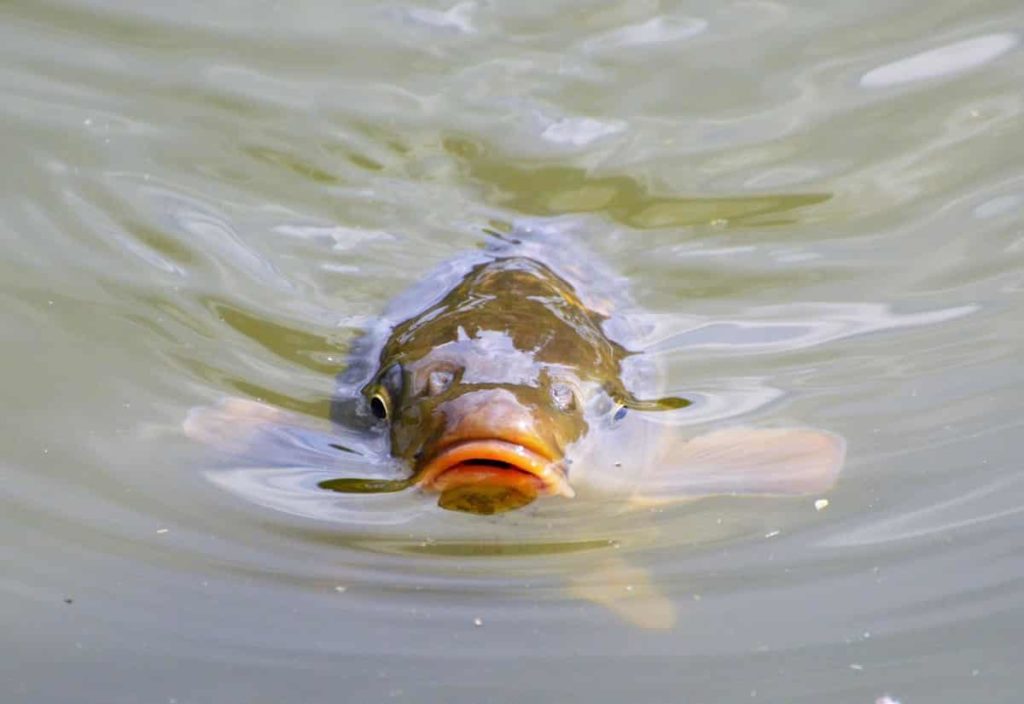
Smooth surfaces inside the tanks are recommended to prevent skin scratching and infection by the fish and to allow for cleaning and Sterilization. Lightweight, durable plastic tanks can be easily moved and cleaned when needed but require special support to prevent stretching when later filled. Stainless steel is also a good tank material but can be expensive. Concrete tanks can be the most economical to build, but they are permanent and immovable structures.
Non-toxic plastic or rubber liners can be used on frames made of wood, metal, concrete, or other materials. The first thing you will need to start a home-based fish farming business is some basic knowledge about fish farming. You will also need to know about the business side of farming. You will need to dig a fish pond in your backyard, basement, or elsewhere if you want to raise fish in containers. Fish can be raised in any fish tank, container, or tub.
Different types of fish mature at different rates, so your choices in the number and size of tanks will vary with the type of fish you plan to grow. At a minimum, you want a tank for newly hatched fish known as fry, a tank for fingerlings, and at least one tank for growing fish to finish size. Depending on the water source for fish farming, you need a tank for conditioning replacement water.
If you plan to grow a variety of fish food on site, you will also need a pond or tank. Tank materials include concrete, metal, plastic, wood, glass, rubber, and plastic sheets. Your primary consideration in choosing a material for any tank is its ability to hold water, resist corrosion, and be non-toxic to fish. For a healthy fish harvest, choose a smooth material that won’t scratch the fish brushing against it and doesn’t have holes to hold dirt and bacteria.
Integrated rooftop fish farming
The rooftop system can produce 100 kg of fish and 400 kg vegetables. It means four families of four people can be fed throughout the year. Vegetables such as cucumber, squash, tomato, eggplant, and melon can be grown in hot weather. Vegetables such as Swiss chard, carrots, peas, broccoli, and cabbage can be grown in the winter. All types of fish, such as Tilapia, Salmon, and Trout, can be farmed.
The structure is designed as a dome, the heavy fish tank rests on the greenhouse frame, and its weight is redistributed over a large surface area. It is designed to pump water from the fish tank through a biofilter to filter out nutrient-rich waste, which bacteria convert into plant nutrients. This water from the fish tank is pumped into the upper grow bed. Using gravity, the water trickles down to the lower grow beds. The clean water is pumped back into the tank.
This ‘loop’ makes the system easy to run on minimal resources. Forms can be placed on rooftops without any structural or building adaptations. The structure is built with organically farmed bamboo, making it biodegradable and sustainable. In addition to growing vegetables and fish, the dome can be equipped with PV panels and cooling turbines.
The infrastructure can adapt to environments and weather conditions with greenhouse or insulating panels. Depending on cost, environmental requirements, and insulation, grow beds can be installed indoors in various configurations. The entire dome can be dismantled and packed inside the tank for easy shipping.
In case you missed it: How to Start Perch Fish Farming: Raising in Ponds, and Cages, A Step-By-Step Guide for Beginners
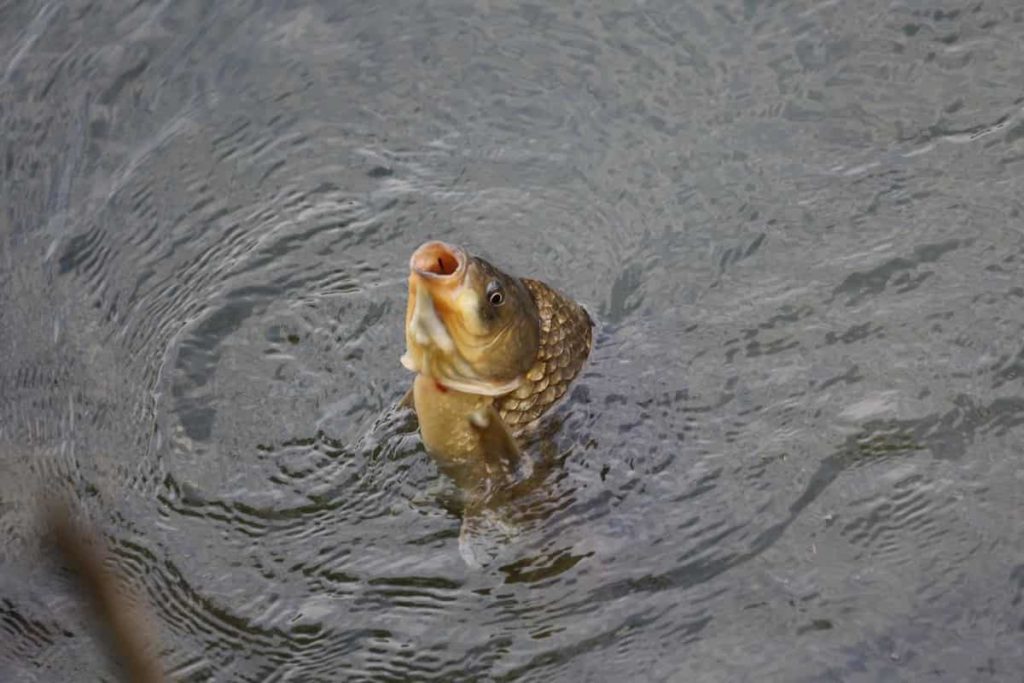
Risk factors for tank farming
Currently used to grow catfish, striped bass, Tilapia, crawfish, blue crabs, oysters, mussels, and aquarium pets. Indoor fish culture systems offer the flexibility to
- Grow a wide variety of fish species,
- Grow several different species simultaneously in the same tank (polyculture) or different tanks (monoculture),
- Varieties of different sizes of one or more species depending on market demand and price.
Tank farming allows farmers to manipulate production to meet year-round demand and harvest at the most profitable times during the year. This flexibility in species selection and harvest time allows the grower to respond to a rapidly changing market to maximize production and profitability.
Build your pond on Rooftop
The best land for building a pond is flat or gently sloping, with plenty of clay. Remember to leave soil around the ponds, so feeding and harvesting the fish is easy. To start a simple home fish farm, you must dig a pond or collect fish tanks or containers for indoor fish farming. Choose water from a reliable source. Your municipal supply of water will be fine.
Once you have your pond or container set up, start feeding your juvenile fish and fish. For large-scale pond-based fish farms, you’ll need some additional equipment. The equipment list is given below. For a commercial fish farm, you will need the following:
- Aquarium or fish tank
- Pumps
- Aeration equipment
- Net or Seine Reels
- Handling and grading equipment
- Water testing equipment
Tips for starting a fish farm
After raising fish at home, you may find aquaculture a profitable business for yourself, decide to purchase more property and begin expanding your farming program. To start a large-scale farm, you will need start-up capital, commercial equipment, and more people. There are many ways you can raise the necessary funds and get others to help you get started. Create a business plan and prepare a feasibility report that calculates all your costs and profits.
It will help you get a bank loan and attract partners or investors. If you are passionate about fish farming, try to get as much help as possible. Try to get work with another fish farm to gather experience first. Therefore, before entering the aquaculture industry and starting your fish farming business, consider all the possible factors and decide whether fish farming is the best business for you.
Feeding management
A complete feed containing all the necessary minerals and vitamins for the healthy growth of the fish and specially formulated for the fish breed is essential for producing fish in the tank. Do not substitute another type of animal feed for fish feed. Even different fish species have different nutritional requirements, particularly the quality and quantity of protein required, that must be met to optimize growth.
Recommend fish feeding a commercial feed of dry, floating pellets so that fish feeding and health can be easily observed at the water’s surface. The size of the pellet should correspond to the size of the fish. Feed the largest pellet that the fish will swallow to maximize consumption and minimize waste. Order only a limited supply to keep the feed fresh and store it in a cool, dry place, free from insects and rodents.
In case you missed it: Fish Farming in Karnataka: How to Start, Subsidy, License, and Business Plan
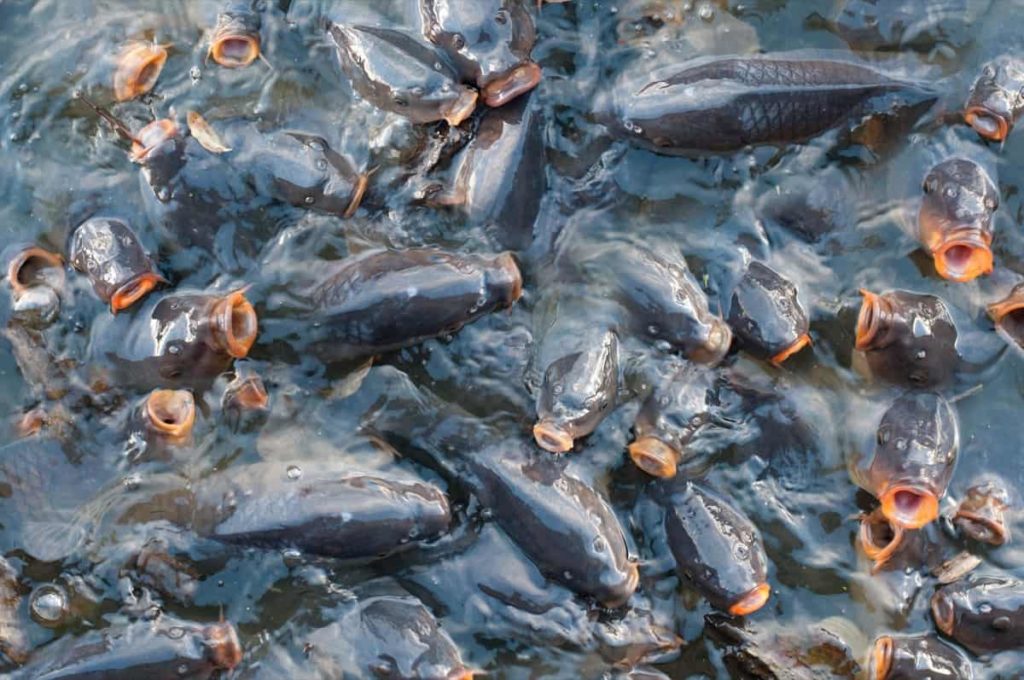
If there is a liability issue with contaminated feed, it is a good idea to freeze samples of each new batch of feed purchased for later analysis if necessary. Farmed fish are usually fed 3 to 5 percent of their body weight or all the feed they can consume in a short time, say five minutes. Rarely feed food left in the tank after five minutes, and overfeeding can seriously degrade water quality. A good, quick indicator of problems with water quality or disease is when fish stop eating or refuse to eat.
If the fish suddenly stop feeding, check immediately for high ammonia levels, low oxygen levels, diseases, or other problems. Low feeding rates occur at high and low water temperature levels. To maximize fish growth, feed on a regular schedule at the same time each day. Feeding more frequently several times a day resulted in better growth rates and increased feed conversion efficiency. Distribute the feed evenly throughout the tank to prevent uneven growth and stagnation.
Best fish species for rooftop fish farming
Fish selection should consider the interests and tastes of the farmer. The size of ponds and water availability should also be considered. Local species like Carp, Asian Stinging Catfish, Salmon, etc., can be farmed. Cyprinus and Tilapia, becoming indigenous to our country from abroad, can also be reared on a small scale in kitchen ponds. All they need is a rigid structure. It also uses rigid package material as a box and covers its inner surface with a polythene sheet to turn the waterproof container structure.
In addition to changing, and also adopt a natural method of fertilizing. It mixes cow dung and coconut cake with water in a container. When exposed to sunlight, planktons will grow within five to six days. Once this process is complete, the fish are released. It is possible to have 100 fingerlings in a 500-liter container as each fingerling requires about five liters of water. Generally, small ornamental fish species such as platy, mollies, swordtail, and guppy, which are colorful, are preferred for rooftop fish farming.
In case you missed it: Earning 1 Lakh Per Month From RAS Fish Farming: A Success Story From India
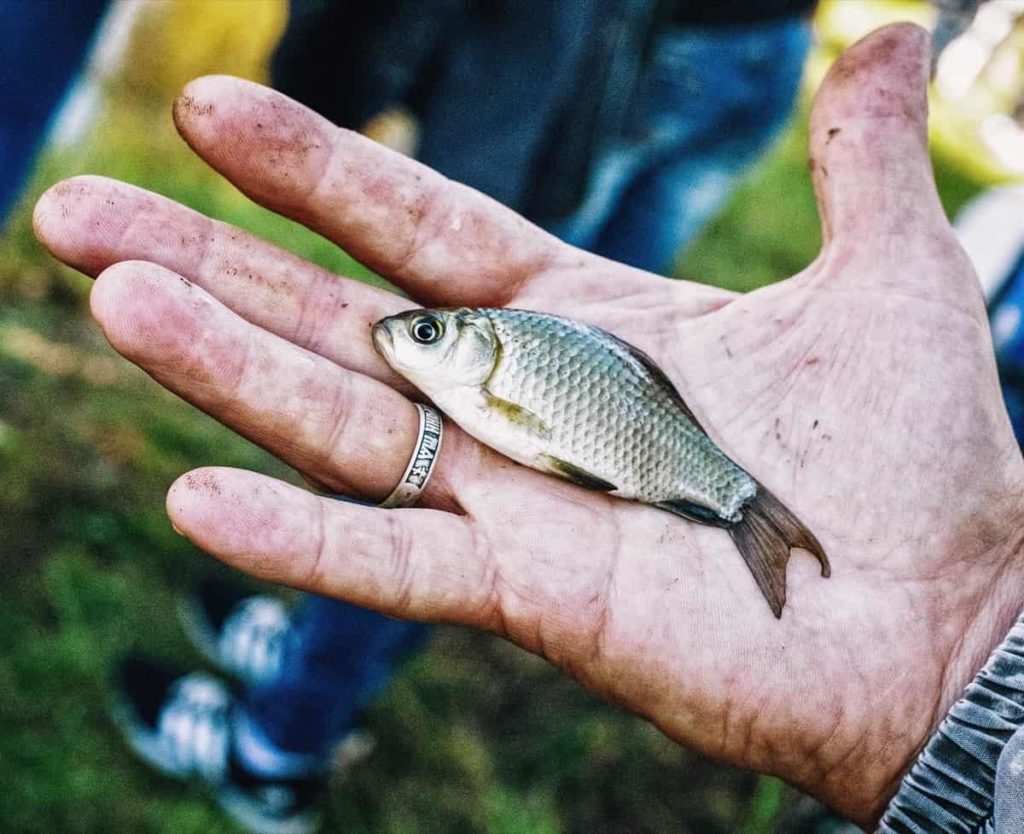
Things to keep in mind while keeping fish on Rooftop
- The pool or tank should be placed in direct sunlight. The pond must be where there is good air circulation.
- Shade should be provided on roofs and other places with a lot of sun.
- Supply of water as per requirement.
- Feed nutritious food on time.
- Do not allow waste to accumulate on the water surface.
- Remove large fish every five to six months.
- Use polyurethane netting around and above the pond to protect against birds.
Conclusion
Rooftop fishing is an excellent method of urban farming that can help urban dwellers save money and earn extra income by selling fish raised in rooftop ponds. This type of practice can achieve efficient use of rainwater. The rooftop approach can create greener, cleaner and safer cities shortly. Since most of the population density is high in cities, this approach will lead to a modern blue revolution with zero acres of land in India.
- How to Make Houseplants Bushy: Effective Tips and Ideas
- Innovative Strategies for Boosting Coconut Pollination and Yield
- Pollination Strategies for Maximum Pumpkin Yield
- The Complete Guide to Chicken Fattening: Strategies for Maximum Growth
- Natural Solutions for Tulip Problems: 100% Effective Remedies for Leaf and Bulb-Related Issues
- Revolutionizing Citrus Preservation: Towards a Healthier, Greener Future
- Natural Solutions for Peony Leaf and Flower Problems: 100% Effective Remedies
- Maximizing Profits with Avocado Contract Farming in India: A Comprehensive Guide
- Natural Solutions for Hydrangea Problems: 100% Effective Remedies for Leaf and Flowers
- The Ultimate Guide to Choosing the Perfect Foliage Friend: Bringing Life Indoors
- From Sunlight to Sustainability: 15 Ways to Use Solar Technology in Agriculture
- The Ultimate Guide to Dong Tao Chicken: Exploring from History to Raising
- The Eco-Friendly Makeover: How to Convert Your Unused Swimming Pool into a Fish Pond
- Mastering the Art of Delaware Chicken Farming: Essentials for Healthy Backyard Flocks
- 20 Best Homemade Fertilizers for Money Plant: DIY Recipes and Application Methods
- How to Craft a Comprehensive Free-Range Chicken Farming Business Plan
- Brighten Your Flock: Raising Easter Egger Chickens for Beauty and Bounty
- How to Optimize Your Poultry Egg Farm Business Plan with These Strategies
- Subsidy for Spirulina Cultivation: How Indian Government Schemes Encouraging Spirulina Farmers
- Ultimate Guide to Raising Dominique Chickens: Breeding, Feeding, Egg-Production, and Care
- Mastering the Art of Raising Jersey Giant Chickens: Care, Feeding, and More
- Ultimate Guide to Raising Legbar Chickens: Breeding, Farming Practices, Diet, Egg-Production
- How to Raise Welsummer Chickens: A Comprehensive Guide for Beginners
- How to Protect Indoor Plants in Winter: A Comprehensive Guide
- Ultimate Guide to Grow Bag Gardening: Tips, Tricks, and Planting Ideas for Urban Gardeners
- Guide to Lotus Cultivation: How to Propagate, Plant, Grow, Care, Cost, and Profit
- Agriculture Drone Subsidy Scheme: Government Kisan Subsidy, License, and How to Apply Online
- Ultimate Guide to Raising Araucana Chickens: Breed Profile, Farming Economics, Diet, and Care
- Bringing Hydroponics to Classroom: Importance, Benefits of Learning for School Students
- Ultimate Guide to Raising Polish Chickens: Breed Profile, Farming Economics, Diet, and Care
- Ultimate Guide to Raising Australorp Chickens: Profile, Farming Economics, Egg Production, Diet, and Care
- Silkie Chicken Farming: Raising Practices, Varieties, Egg Production, Diet, and Care
- Sussex Chicken Farming: Raising Practices, Varieties, Egg Production, Diet and Care
- Homemade Feed Formulations for Livestock: Discover Cost-effective Starter to Finisher Feed Recipes
- 20 Best Pig Weight Gain Supplements: Top Swine Weight Gain Formulas
- Ultimate Guide to Elderberry Farming: Propagation, Planting, Yield, Cost, and Profit